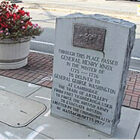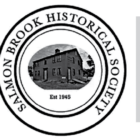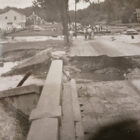History
Captain Samuel Hayes: Granby’s revolutionary patriot
|
As Granby prepares to honor America’s 250th anniversary, we remember one of our own: Captain Samuel Hayes, a Revolutionary War veteran whose service and legacy remain woven into the fabric of our town’s history.








